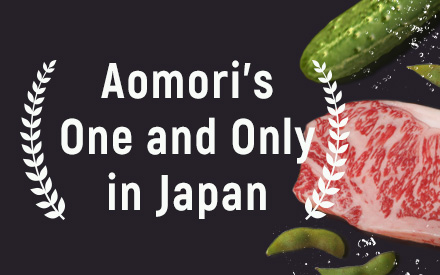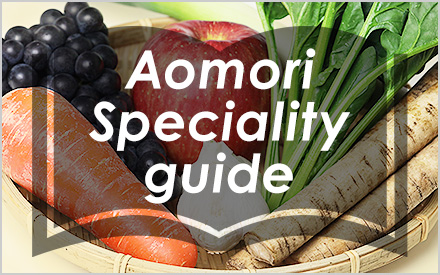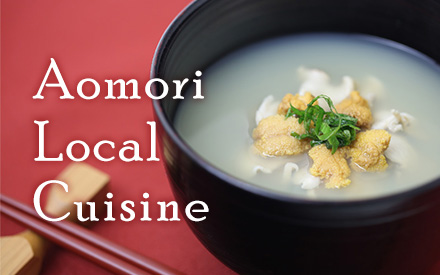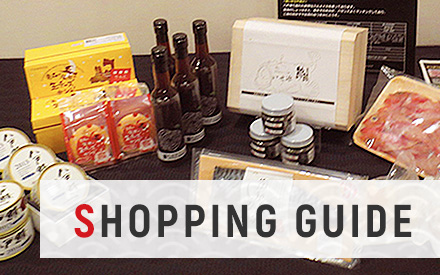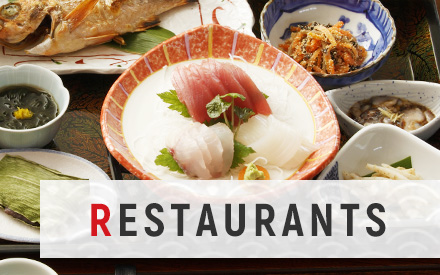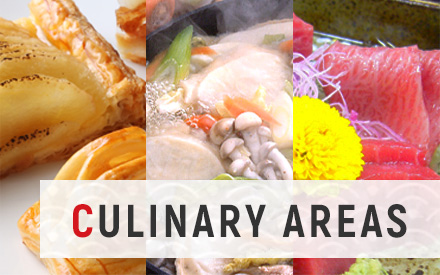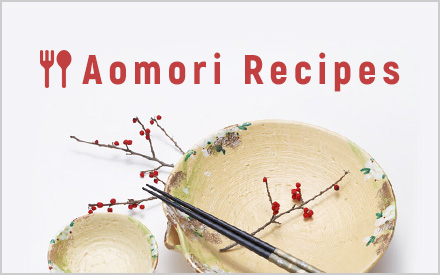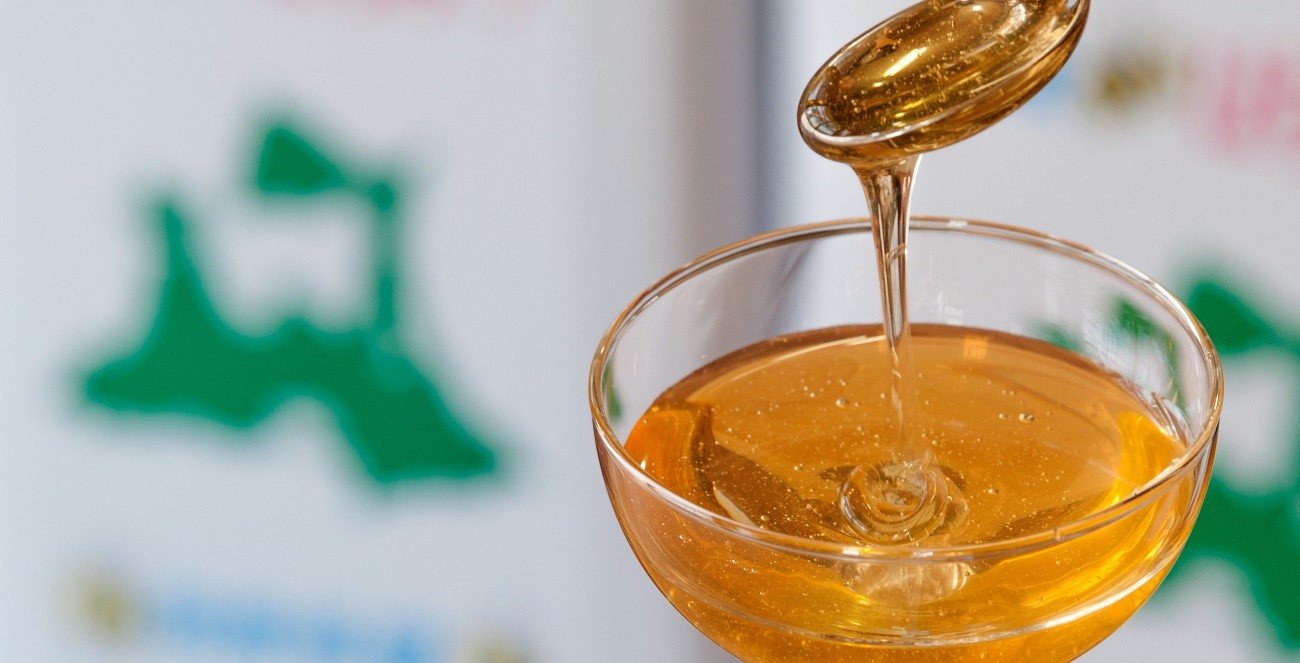
May brings various flowers in full bloom throughout Aomori. Aomori honey is the delicious result of the efforts of flowers, bees, and beekeepers.
Honey from Aomori Prefecture
Japan’s honey self-sufficiency rate is only 7%. More than 90% of domestic consumption is imported, of which more than 70% comes from China.
Surrounded by both sea and mountains, Aomori Prefecture is well suited for honey production, and Aomori’s honey production is the fifth largest in Japan (as of November 2022).
In addition, most apiaries in Aomori Prefecture limit their honey production to one type of flower, resulting in pure, rich honey known for its high quality.
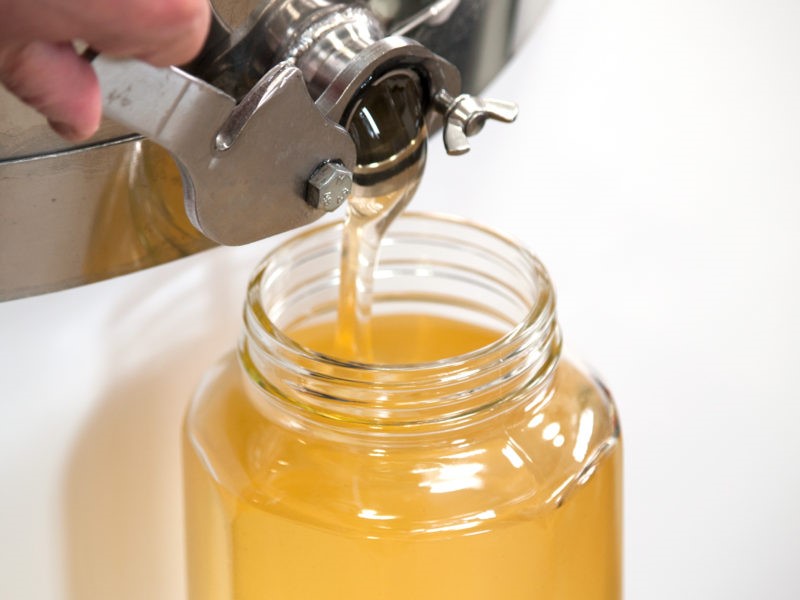
| Area | Production (t) | Percentage (%) | |
|---|---|---|---|
| No.1 | Hokkaido | 530.1 | 19.3 |
| No.2 | Kumamoto | 237.1 | 8.6 |
| No.3 | Nagano | 188.0 | 6.9 |
| No.4 | Akita | 173.8 | 6.3 |
| No.5 | Aomori | 131.5 | 4.8 |
| No.6 | Wakayama | 121.9 | 4.4 |
| No.7 | Aichi | 107.7 | 3.9 |
| No.8 | Fukuoka | 96.3 | 3.5 |
| No.9 | Gifu | 90.7 | 3.3 |
| No.10 | Oita | 90.6 | 3.3 |
Honey Composition
The main components of honey are sugars (glucose, fructose, sucrose, etc.) at around 75-80%, water at around 20%, and the rest are various minerals, vitamins, amino acids, pollen grains, wax substances, and other substances.
Honey is thought to be effective in relieving fatigue as it quickly becomes a source of energy after being taken into the body. Another effect is preventing high blood pressure as honey contains large amount of potassium which helps eliminate excess salt in the body.
Its rich sweetness may give the impression that honey is high in calories, but in fact it is low in calories compared to sugar.
| Types | Calories (per 100g) |
|---|---|
| Sucrose (White sugar) | 384kcal |
| Honey | 294kcal |
Types of Honey
Honey is classified according to the flower from which the nectar is derived. Therefore, depending on the type of flower from which the nectar is derived, honey can range in color from light yellow to dark brown.
In Aomori, honey is mainly collected from acacia, horse-chestnut, apple, cherry, and buckwheat. Acacia honey has no peculiar taste, making it suitable for all kinds of food, while horse-chestnut honey has a clean aftertaste, and apple honey has a subtle apple aroma.
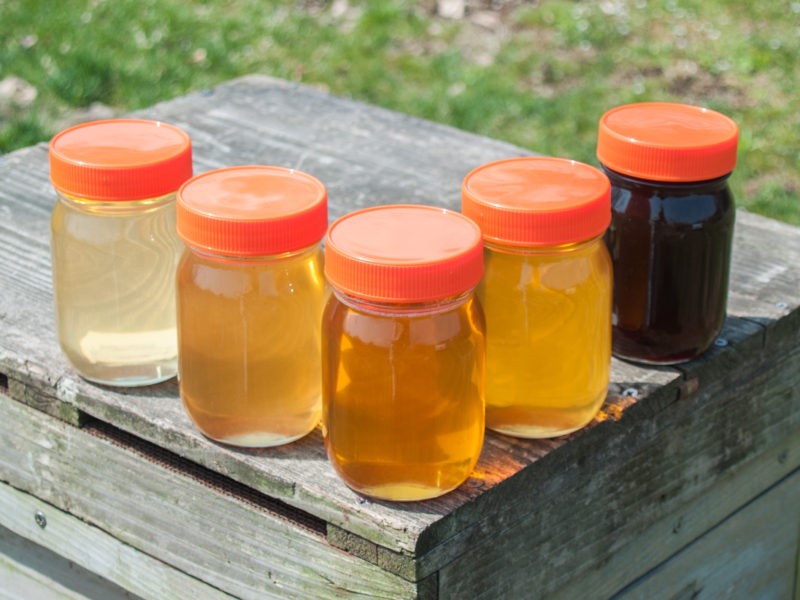
Best Ways to Enjoy Honey According to an Aomori Beekeeper
- Add honey to yogurt.
- Add to coffee or tea instead of sugar.
- Pour it over chilled fresh tomatoes (the secret is to pour it just before eating).
- Make a homemade dressing with balsamic vinegar, olive oil, honey, lemon juice, and salt, and pour it over
salads. - Marinate meat in honey and season the tender meat with soy sauce, miso, etc. to complete a Japanese main
dish using honey.
Aomori honey can be purchased at apiaries in the prefecture, as well as at roadside markets, produce stands, souvenir stores, and supermarkets.

